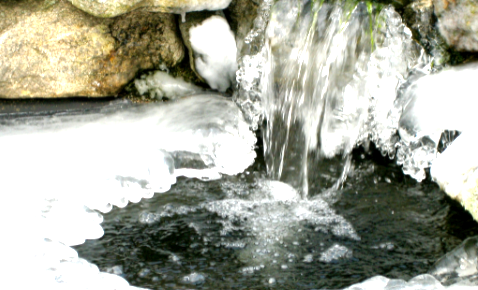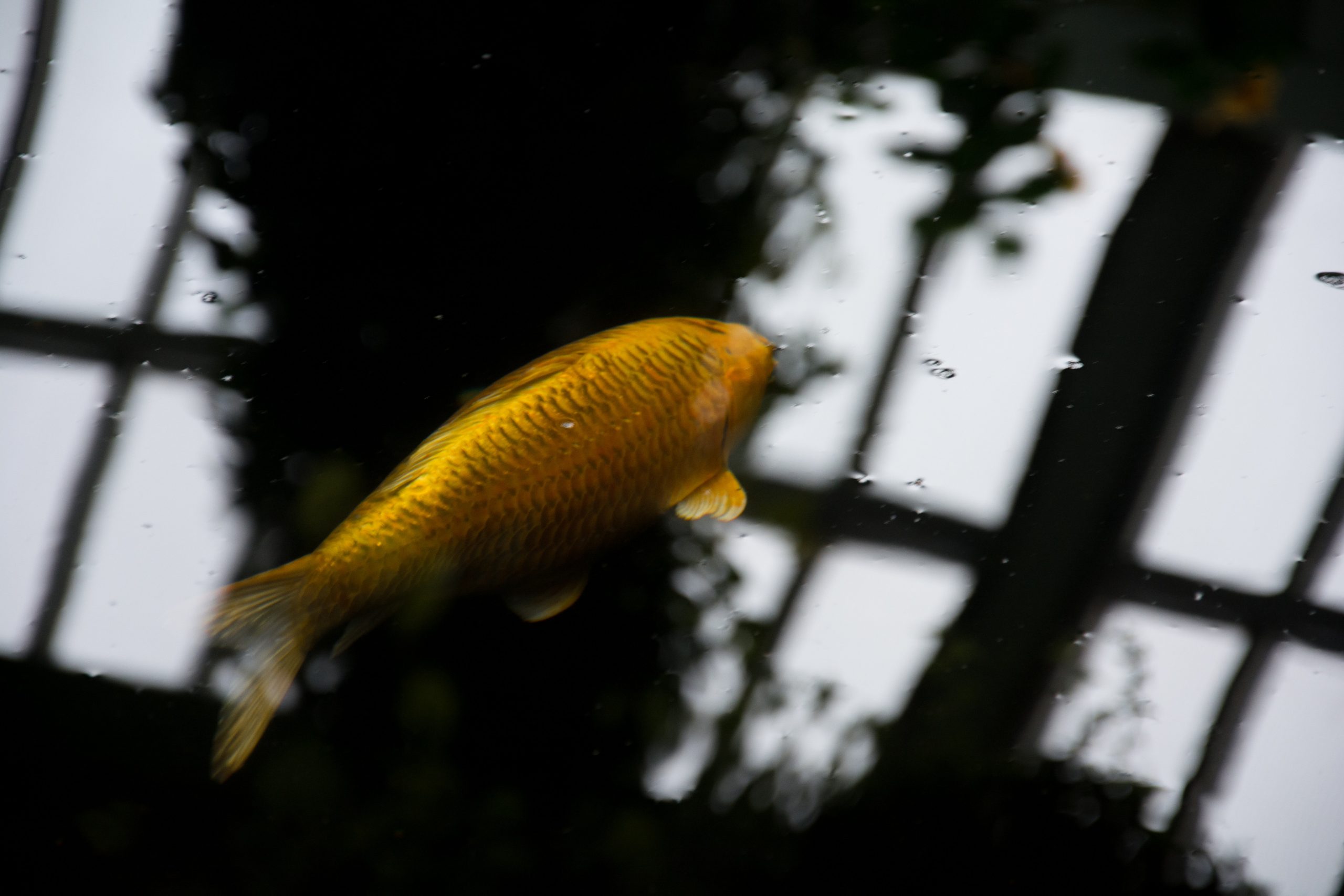When temperature starts to plummet, pond owners may ask themselves, “How do I keep my pond running properly?” Follow our winter tips to keep your pond operating during cold weather.
Keep a hole in the ice
As temperatures drop you may notice the surface of your pond forming ice. Fear not! Your fish will be okay provided your pond is at least two feet deep. Fish will hibernate at the bottom of the pond where water won’t freeze. A hole in the ice will allow gasses to escape so pond conditions don’t become toxic to your fish.
Don’t make too many holes in the ice
The first hole is important to maintain healthy fish, but any unnecessary holes may do more harm than good. Ice cover acts as insulation between the cold air and your pond. Breaking open the ice in multiple areas will cause the running water to be exposed to freezing temperatures for a long periods. The exposed water will freeze and create even more ice than before. With increased ice formation, water volume will deplete and you will need to add water to your pond more frequently to keep it running.
Additionally, during winter you may notice ice build-up that prevents water from entering the pond. It is best to leave this ice in place as breaking it off may open new holes.

Be watchful of water running over ice buildup in your pond’s falls and streams
You may notice that in certain areas water is running over the ice and outside the area of your stream. This may occur anywhere the water splashes, causing ice build-up and ultimately creating a dam. Pouring warm water over problem areas is the best way to remove existing build-up. To prevent, carefully remove ice build-up so water runs freely into the pond.

